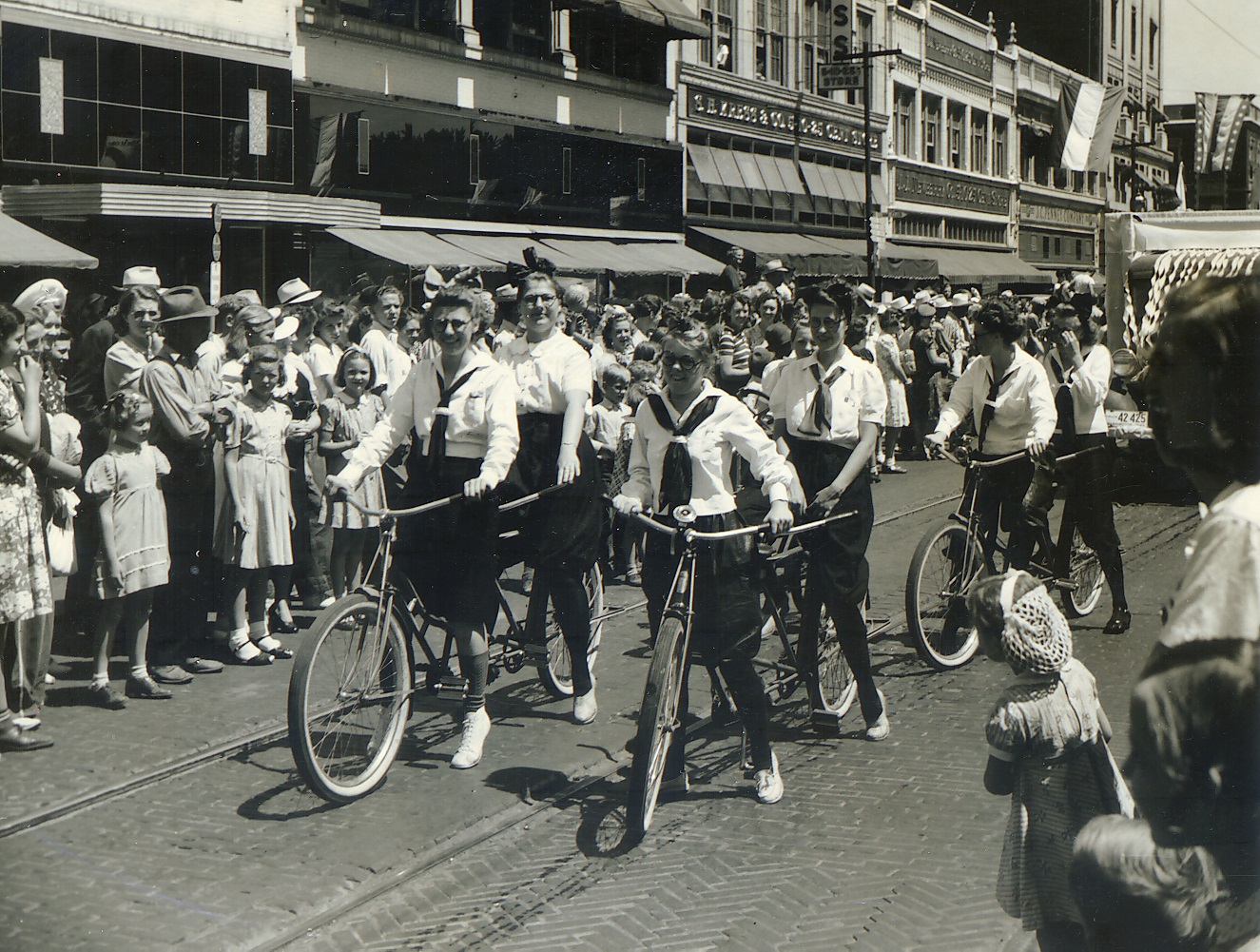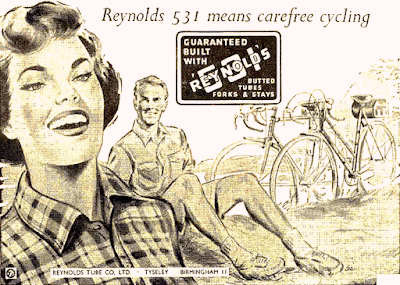Today is Veterans' Day here in the US. I don't know what I could say to, or about, veterans that isn't a platitude at best. What I can say, though, is that I am pro-veteran precisely because I am anti-war. It's a disgrace to see a former service member living under an overpass and, honestly, the kind of health care, physical and mental, that too many veterans get--or don't get.
What I say is especially true of disabled veterans. Even those whose immediate needs are being met by the Veterans' Administration and other organizations often face other challenges, especially in terms of mobility. That difficulty in getting around is not just an inconvenience or a destroyer of pleasure; it also deters too many veterans (and other disabled people) from employment, education and the means of obtaining and maintaining health.
Although Chesterfield, Virginia resident James Howard's paralysis wasn't a result of his service in the 82nd Airborne Division, the retired US Army Ranger understands just how important mobility is. He was given a recumbent bicycle adapted to his needs after his diving accident. That inspired him to "give back," he says, by advocating for fellow veterans and people with disabilities.
He has also helped in a more concrete way by launching REACHcycles. To date, it has provided over 600 adaptable three-wheeled bikes to disabled veterans, children and other folks. Recipients have included a triple amputee as well as a blind child. Those bikes allow their riders to go to jobs and schools to which they might not otherwise have access. (I am thinking now of a man I knew, now gone, who couldn't get a drivers' license because of his lack of peripheral vision. He could, however, ride his bike to work.) They also help, especially the kids, to prevent other health problems: Disabled people often become obese and develop diabetes and other degenerative conditions as a result of their physical inactivity.
So, being the pro-veteran person I am, I want to say that the Veterans' Administration and other relevant government entities (and insurance companies) should pay folks like James Howard--and the folks who build and adapt the bikes he provides--for their services. And, of course, provide them with anything else they need for their physical and mental health.













